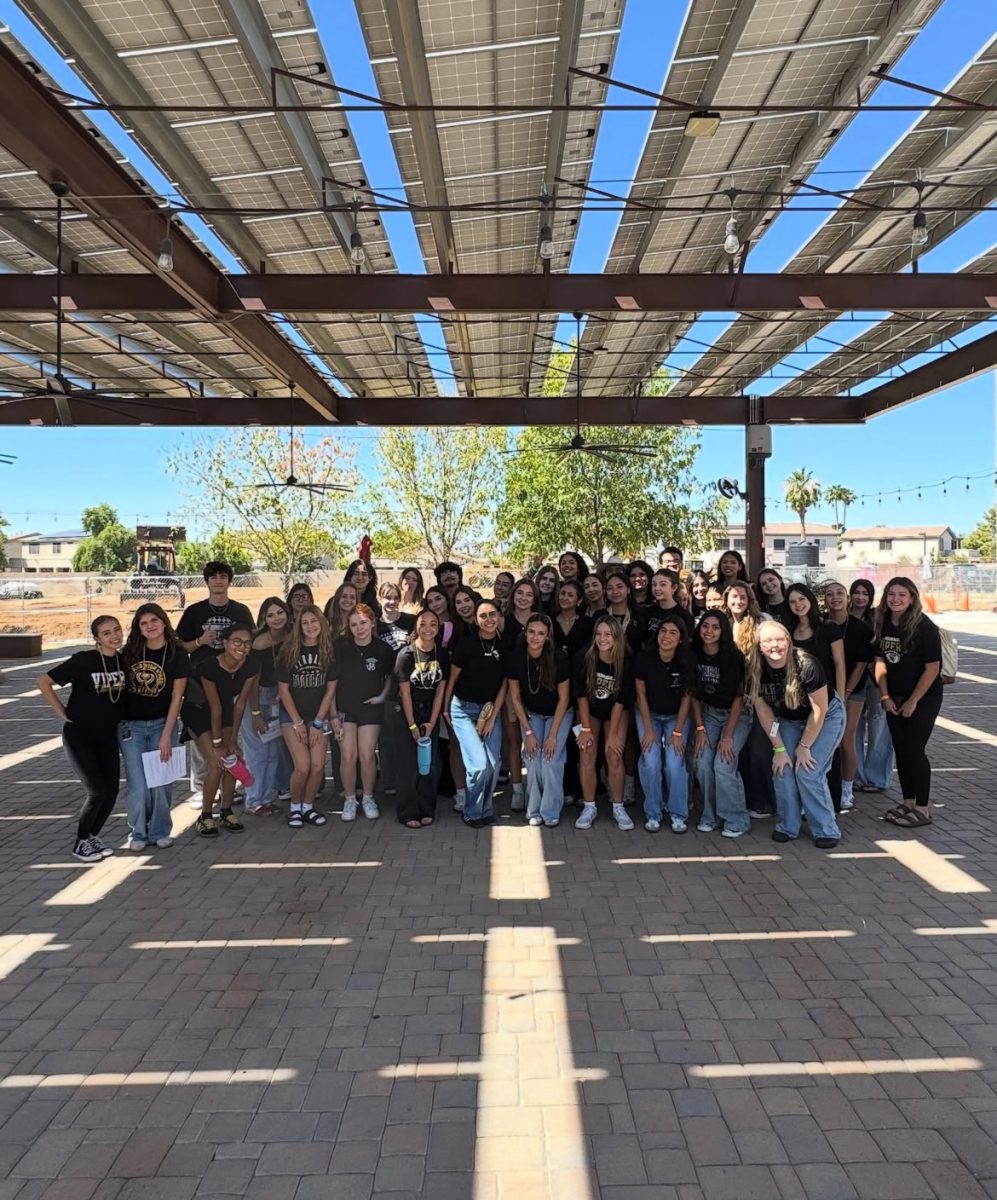This year’s election will mark history: either America’s first female president or the second president to be elected to two non-consecutive terms will win. Election day brings tension and anxiety, with some Americans losing sleep over this time of year and others fighting strangers online about who’s better than who. The 2024 U.S. presidential election has been a dramatic and historic event that further cemented the nation’s political polarization. Donald J. Trump, the former president, desiring a return to the White House, faced off against Joe Biden, the current president, who sought reelection for a second term.
The Republican nominee, Trump, continued his controversial political journey after leaving office in 2021. Despite facing multiple legal challenges, including investigations into the January 6th Capitol riot, his role in the 2020 election’s aftermath, and various business-related issues, Trump kept his dedicated supporters and a strong base of support within the GOP. His campaign focused on themes of “America First,” economic nationalism, and resistance to what he described as a left-wing “deep state” trying to undermine American values.
The current president, Joe Biden, ran for re-election on his record of navigating the aftermath of the COVID-19 pandemic, passing significant legislation such as the Inflation Reduction Act and the American Rescue Plan, and overseeing a historic infrastructure bill. While his presidency had notable achievements, Biden faced challenges and criticism including high inflation, rising gas prices, and continued political divisions in the country. His campaign aimed to build on the theme of “Restoring the Soul of America,” appealing to voters with promises of unity, climate action, and continued social progress, especially in healthcare and climate change.
Both candidates focused heavily on the state of the economy. For Trump, the economic narrative was built around reversing inflation trends and energy shortages. Biden, meanwhile, emphasized his administration’s success in creating jobs and growing the economy post-pandemic, while defending his economic policies as helping middle-class Americans.
Towards the beginning of the election, Biden had to step down from the election because of his health. Vice President Kamala Harris took his place and gained great support from the younger generations.
Through his Build Back Better framework, Biden proposed ambitious measures to tackle climate change, including clean energy investment and reducing emissions. Trump, however, took a more skeptical approach to climate change policies, prioritizing energy independence, particularly through fossil fuel production.
Racial justice, police reform, and immigration were also central topics. While Kamala highlighted the importance of civil rights and inclusive reform, Trump appealed to voters who felt that rising crime and illegal immigration needed to be addressed with more stringent measures, including border security and opposition to “sanctuary cities.”
The election was held on November 5, 2024, and like many recent elections, it was extremely tense. Voter turnout was higher than expected, with early voting numbers breaking records in many states. As results came in, it became clear that several crucial swing states—such as Pennsylvania, Michigan, Wisconsin, and Arizona—would determine the election’s outcome.
As expected, the election was full of controversy. Trump and his supporters continued to claim, without significant evidence, that the 2020 election had been “stolen.” While no large-scale voter fraud was proven in 2024, concerns over election security and integrity were prominent. Legal challenges to voting laws and ballot counting procedures were filed in multiple states, especially in contested battleground areas. These challenges did not stop the election process, but they added to the tense political atmosphere surrounding the race.
By the end of election night and as counting continued, projections slowly began to favor Trump in key states, particularly after securing traditionally blue states like Pennsylvania and Michigan. The final result showed a narrow victory for Trump, marking his return to the presidency after a four-year absence.
The 2024 U.S. presidential election was marked by a fiercely contested race between two of the country’s most polarizing figures. Trump’s return to power represents a dramatic shift in American politics, as he reclaims the White House with a mandate to enact policies aimed at reversing many of the gains made by the Biden administration. This election has caused a widespread riot and protests against Trump’s rule, with people fearing for the safety of their rights. The election also underscored the deep divisions in the country, with ongoing debates about the role of government, individual freedoms, and national identity shaping the political landscape for years to come.










